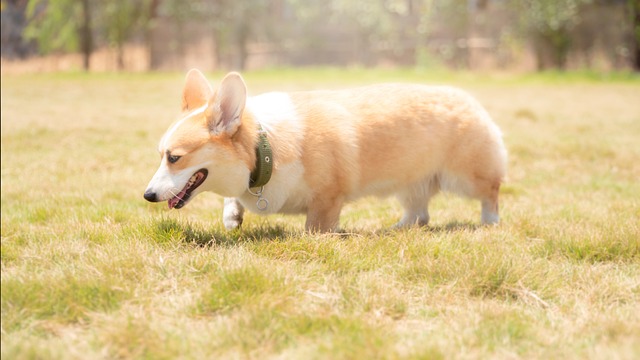
How do i train my dog to be obedient?
Watching your dog dart across the park ignoring your calls isn’t just frustrating—it can put them at risk near busy streets or public spaces.
That heart-sinking moment when your dog spots another pup on your Seattle neighborhood walk: lunging, barking, and turning heads. You’re not alone. While barking is natural communication, excessive reactivity strains walks and community harmony. The key isn’t suppression—it’s rewiring your dog’s emotional response using force-free methods aligned with modern animal behavior science.
Start by decoding the "why." Barking at other dogs typically stems from fear, frustration, or overexcitement—not dominance. Imagine your rescue Shepherd mix from a busy L.A. shelter: limited socialization might make unfamiliar dogs seem threatening. Their barking is a stress signal, like shouting "Stay back!" Punishing this (yelling, leash jerks, shock collars) worsens anxiety and violates U.S. animal welfare norms. Instead, we use counter-conditioning: changing their association from "Other dog = danger!" to "Other dog = chicken!"
Here’s your actionable plan: First, identify your dog’s "threshold distance"—where they notice another dog but stay under their barking threshold. This might be 50 feet in a Denver park. At this distance, the instant they spot the trigger (but before barking), mark with "Yes!" and reward with high-value treats. Repeat relentlessly. Over weeks, gradually decrease distance as they stay calm. If they bark, calmly increase distance—this isn’t failure, it’s data. For apartment dwellers, practice from your balcony or window using passing dogs as "training aides," pairing sightings with treats.

Crucially, integrate community responsibility. Before group training classes or busy park sessions, ensure vaccinations (rabies, distemper/parvo) comply with state laws—non-negotiable for public safety. Always carry waste bags; a startled bark might lead to an accidental potty break, and fines for uncollected waste hit hard in cities like Chicago. Leash laws also matter: even if your dog improves, keep them leashed unless in designated off-leash zones. Reactive dogs can trigger chain reactions; stepping aside onto grass when passing others prevents tense encounters. For high-rise living, manage barking at hallway dogs using visual barriers (turning a corner) or white noise to muffle triggers—neighbors will thank you.
Patience and precision win. If progress stalls, consult a certified force-free trainer (IAABC or CCPDT credentials). Avoid flooding (forcing close encounters)—it backfires. Celebrate small wins: that quiet moment when your Boston Terrier glances at a distant dog then back at you? Huge! Pair training with "quiet" cues: once they grasp barking predicts treats only when silent, add a cue like "Enough" as they pause.
Remember: reactivity work prioritizes everyone’s well-being—your dog’s emotional health, public safety, and community respect. By combining science-backed counter-conditioning, compliance with health/leash laws, and neighborly consideration (like avoiding crowded sidewalks during training), you’ll transform stressful walks into peaceful adventures.

Watching your dog dart across the park ignoring your calls isn’t just frustrating—it can put them at risk near busy streets or public spaces.

New puppy owners often find themselves rushing to clean up accidents before they set in, and that’s where puppy pad training becomes a game-changer.

If you've noticed your dog's waistline disappearing and your veterinarian has mentioned those few extra pounds, your first instinct might be to simply reduce the amount of food in their bowl.

Training a dog to use a designated spot indoors isn’t as daunting as many new owners fear, but it does take consistency and an understanding of your pet’s needs.

That moment of dread on a walk is all too familiar for many new dog owners. You see another dog approaching down the sidewalk of your neighborhood

If the sight of another dog on your neighborhood walk makes your heart sink as your own dog erupts into a frenzy of barking and lunging, you're not alone.